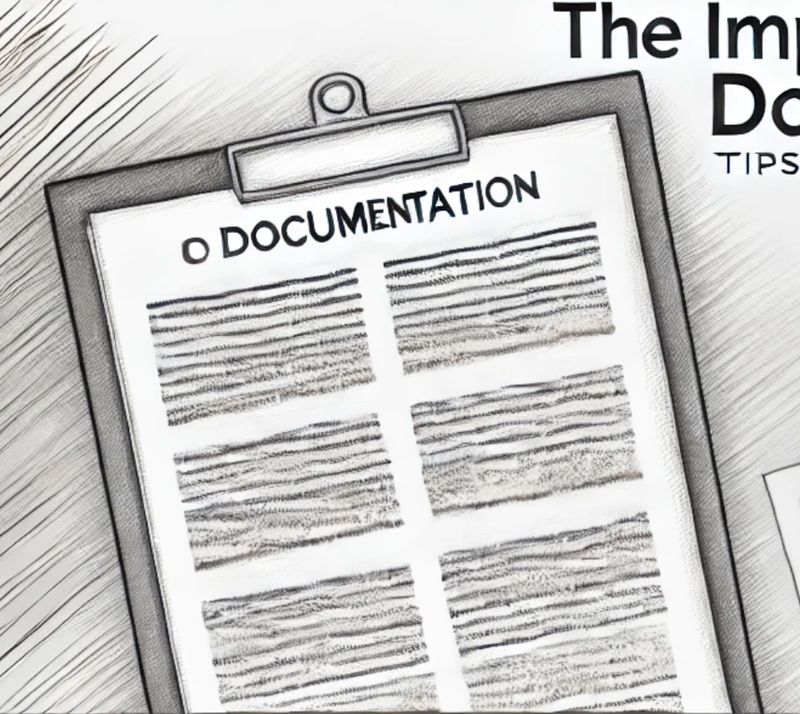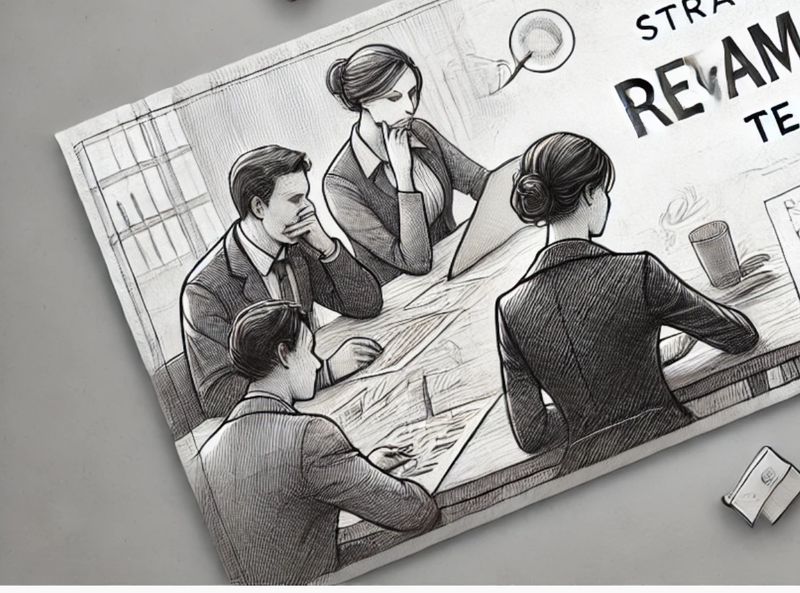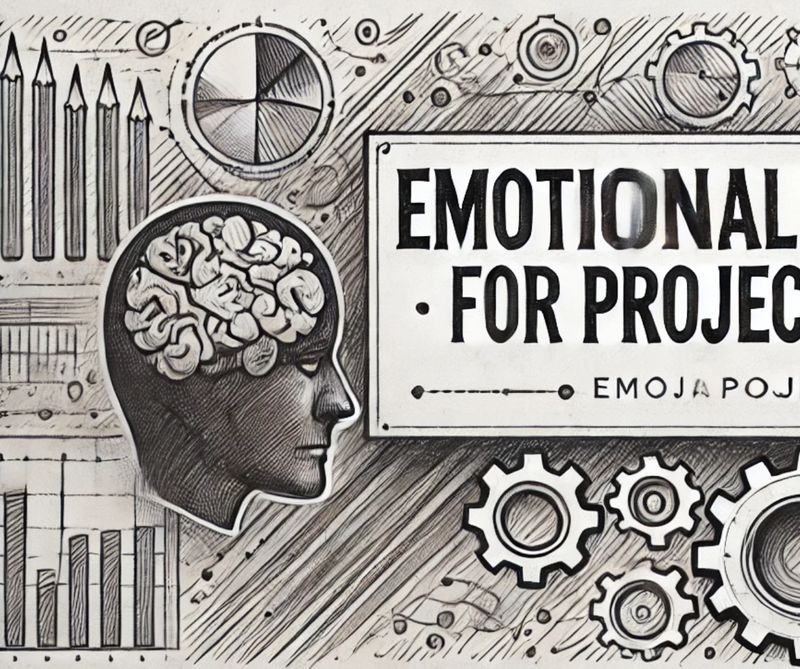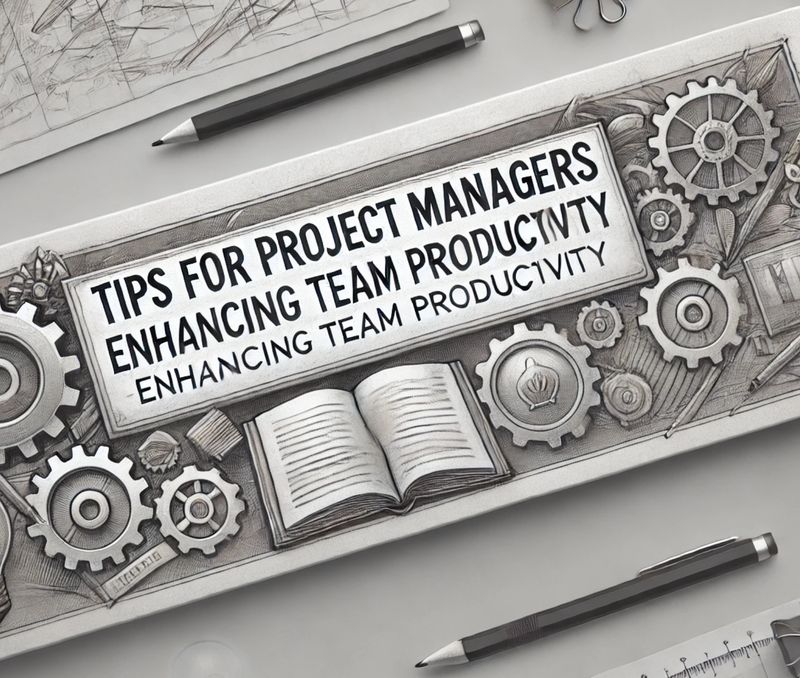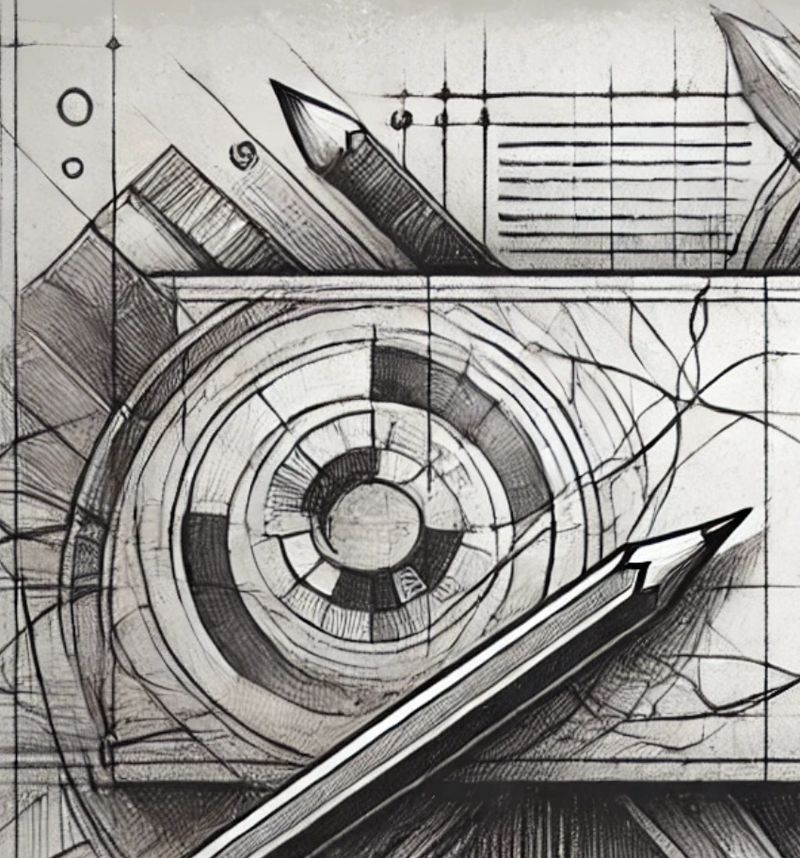How to Make Meetings Productive, Not Draining
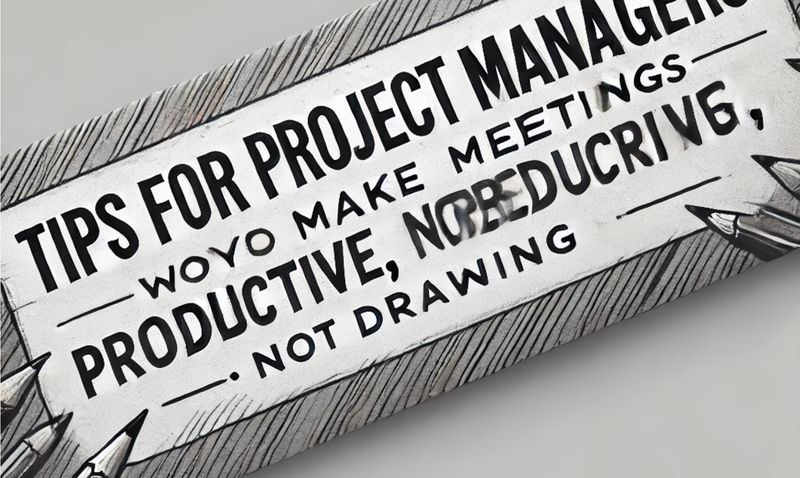
Define the Purpose Clearly Before You Meet
Before sending out a calendar invite, ask yourself, "What is the goal of this meeting?" Without a clear purpose, meetings can quickly spiral into vague discussions. Start by deciding whether the meeting is necessary in the first place. Sometimes a quick email or a shared document can accomplish the same objective without pulling people away from their tasks.
Example: Suppose your team is working on a tight deadline for a product launch. Instead of calling a broad team meeting to "check in," define a specific goal such as, "Reviewing the launch checklist to identify any risks." When attendees know why they're there and what is expected, they arrive better prepared, and the meeting runs more efficiently.
1. Prepare an agenda with focused topics. Share it ahead of time, so participants have a chance to review and contribute.
2. Keep the attendee list tight. Only include those directly impacted by or contributing to the meeting’s purpose.
3. Set clear expectations, like whether team members need to bring updates or come with specific ideas.
Facilitate Engagement During the Meeting
A great meeting feels like a conversation, not a lecture. To achieve this, prioritize engagement by involving everyone and keeping energy levels high. Your role as a project manager is to guide the discussion, ensuring it stays on track while giving participants space to share their insights.
Example: Imagine you’re leading a brainstorming session to generate ideas for a new marketing campaign. Instead of opening the floor with a vague "What ideas do you have?" try asking targeted questions like, "How can we use our social media channels differently to engage younger audiences?" Follow up by encouraging quieter team members to contribute, creating an inclusive environment.
1. Start with a quick icebreaker or team update. This helps set a positive tone and warms up the conversation.
2. Use time-boxing for discussions. Allocate a specific amount of time to each topic to maintain momentum.
3. Summarize key points as they come up. This helps everyone stay aligned and prevents repetition.
Example: Suppose the discussion veers off track during a meeting about budget planning. Gently redirect the group by saying, "That's a great point, but let’s save it for later. For now, let’s focus on finalizing next month’s budget allocations." By keeping the meeting focused, you save time and prevent frustration.
Close with Clear Next Steps and Accountability
A productive meeting doesn’t end when the clock runs out. To ensure the time spent is valuable, close with actionable outcomes. Summarize decisions, assign responsibilities, and confirm deadlines. This not only reinforces the purpose of the meeting but also provides a roadmap for follow-up actions.
Example: If your meeting involved planning a project timeline, wrap up by saying something like, "To recap, Jane will update the timeline by Friday, while Mark will draft the stakeholder communication by Monday. We’ll review both in next week’s meeting." By explicitly stating who will do what and when, you eliminate ambiguity and keep the team accountable.
1. Leave room for final questions or concerns before wrapping up. This ensures nothing critical is overlooked.
2. Send out a summary of the meeting within 24 hours. Include action items, owners, and deadlines to maintain clarity.
3. Follow up on assigned tasks before the next meeting. This shows you value accountability and keeps momentum going.
Example: Suppose a team member misses a deadline discussed in the meeting. Address it constructively by saying, "I noticed the report wasn’t completed by the due date. Is there anything blocking your progress, or can I help you prioritize this task?" This approach fosters collaboration and ensures accountability without creating tension.
By defining clear goals, engaging participants effectively, and ensuring actionable outcomes, you can make your meetings a valuable tool rather than a dreaded obligation. Start applying these tips today, and watch your meetings become productive, energizing sessions that propel your projects forward.

